The six types of Pep Guardiola full-back, and what each says about Man City’s evolution
Guardiola’s willingness to experiment and reinvent over his managerial career has been most apparent on either side of the defence
A month ago, Pep Guardiola considered the prospects of the player who had made most appearances for him as a full-back and concluded he could not play full-back in a Pep Guardiola team. Or not this team and this system, anyway. “He cannot do it,” Guardiola said. And perhaps that, for Kyle Walker, would have been that, the beginning of the end, a player whose time at Manchester City was ended by a tactical shift that rendered him redundant.
Since then, however, Walker has started four of City’s last five games and subdued Gabriel Martinelli in a title decider. In the other biggest match of City’s season so far, he could be the specialist selected for another unenviable task: halting Vinicius Junior, the scorer in last season’s Champions League final, the scourge of Trent Alexander-Arnold.
He has the pace – “he will be the fastest in the room at 60,” Guardiola said – to stand out but Walker is an anomaly in other respects. He is the only senior specialist full-back left in City’s squad. They have knocked a player they own, and one who felt the definitive Guardiola full-back, out of the Champions League, after loaning Joao Cancelo to Bayern Munich.
But then the definition of a Guardiola full-back has altered over his managerial career. He is indelibly associated with passing midfielders and false nines, but his willingness to experiment, reinvent and revolutionise has been most apparent on either side of the defence, as the six types of Guardiola full-back show.
1. The attacking full-back
So far, so conventional? Perhaps not quite. Guardiola may be a trailblazer even there, an advocate of ultra-attacking full-backs when many another manager first looked for solidity in the back four. His Barcelona pairing of Maxwell and Dani Alves could overlap while his midfielders dominated possession. Alves reached double figures in assists in La Liga in three successive seasons for Guardiola, peaking with 15 in 2010-11. Had Jesus Navas opted to stay at City in 2017, it would have been as the second-choice right-back, with Guardiola taking a winger and converting him into a full-back.
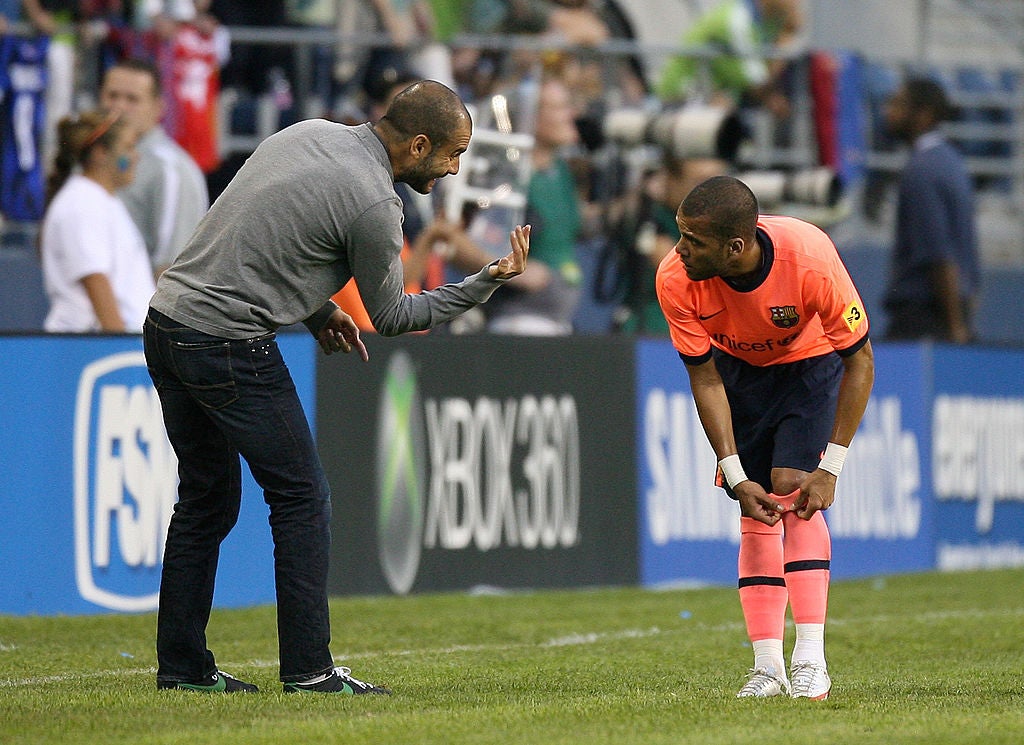
2. The full-back as midfielder
Given the Bundesliga’s emphasis on pressing and quick transitions, Guardiola became more concerned about counter-attacks during his time at Bayern Munich. It was one reason why he revisited football’s past and formations from the game’s history; either the 2-3-5 used from the end of the 19th century or the W-M system that was invented in the 1920s.
Instead of getting his full-backs to overlap, he got them to come infield, to play as old-fashioned wing-halves, taking up positions in front of the centre-backs. It helped that Philipp Lahm and David Alaba had the skillsets to play as midfielders; indeed, Guardiola would often use Lahm, with his footballing intellect, ability to take the ball under pressure and find a teammate, as an actual midfielder.
Cancelo has been a variant on the theme at City: a midfielder earlier in his career, he has come infield – most effectively from left-back – and his more ambitious range has made him a playmaker from the base of the midfield. Whereas Rodri, the actual holding midfielder, was more of a metronome, alongside him, Cancelo tried the defence-splitting pass.
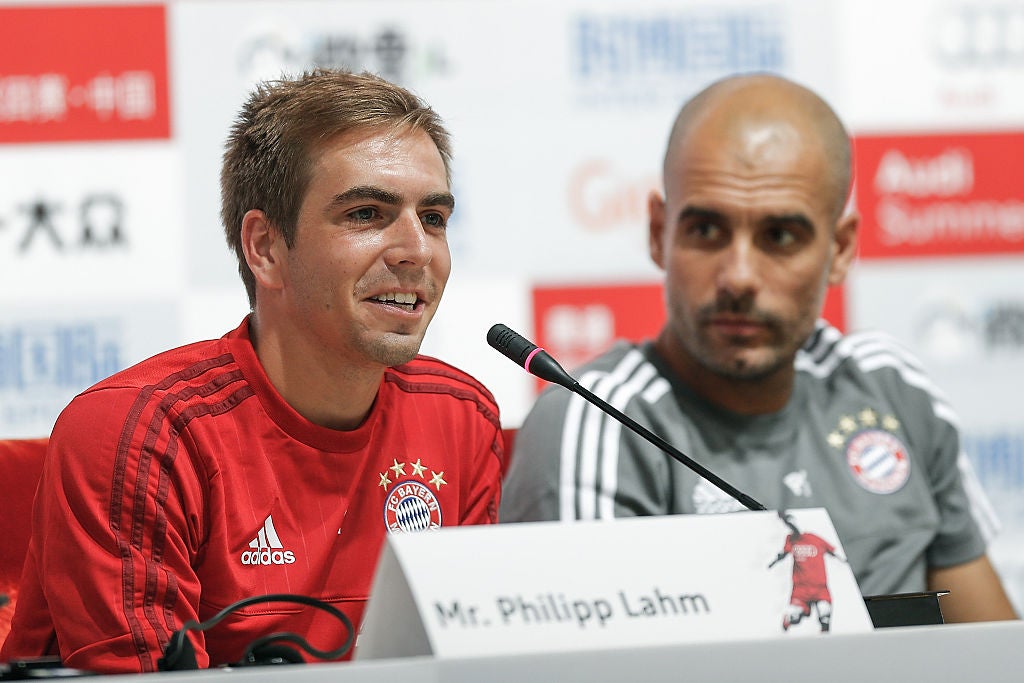
3. The midfielder as full-back
A reason why Guardiola’s squads tend to feature relatively few out-and-out full-backs and why he can be picky when buying them is that few seem to meet his demands. They tend to include having the ability on the ball of midfielders; perhaps it is unsurprising some actually are midfielders. Joshua Kimmich was a case in point for Bayern.
At City, first Fabian Delph and then Oleksandr Zinchenko were moved from midfield to full-back – the Ukrainian was more of a left winger or a No. 10 – with both directed to play the half-back role, to double up as the second defensive midfielder in possession. It has become a more permanent shift, at club level anyway, for Zinchenko, but when Delph went to Everton he reverted to being a midfielder.
Kimmich has the ability to operate in a host of roles but is now established at the heart of Bayern’s midfield. Guardiola’s most extreme example of the midfielder as a full-back, albeit a brief one, was when Bernardo Silva spent a couple of games playing as an auxiliary left-back.
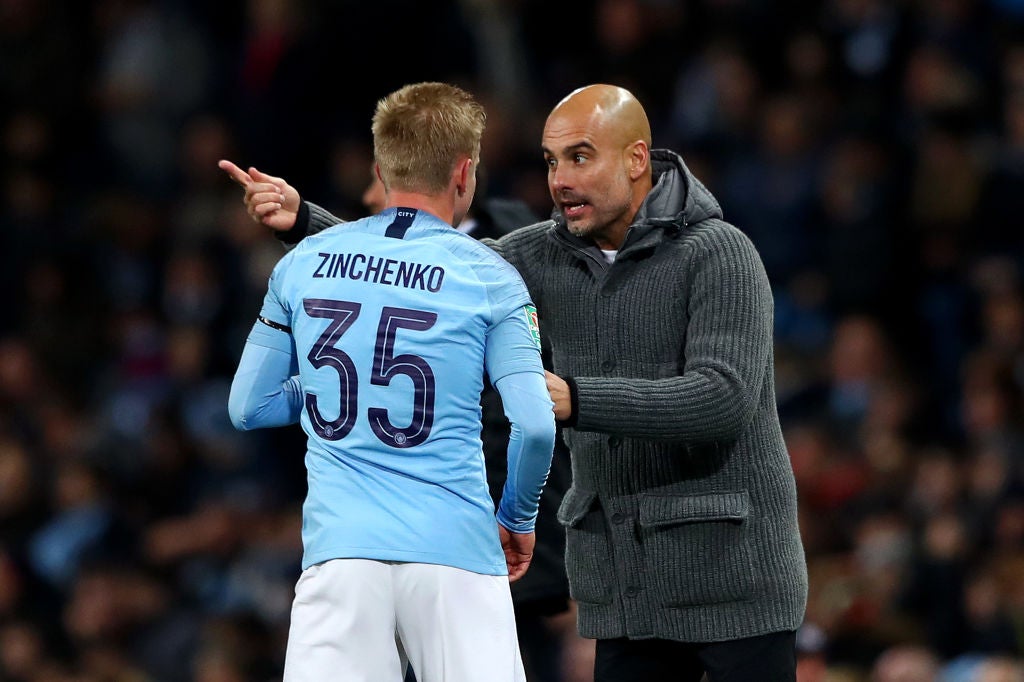
4. The defensive full-back
It wasn’t how Walker was described when he joined City. He had spent 2016-17 as a flying wing-back for Mauricio Pochettino’s Tottenham. Guardiola decided his extreme pace was better deployed as an insurance policy, as the man to stop the counter-attacks and as the counterpart to the left-backs, whether Cancelo, Delph or Zinchenko, who were directed into midfield. In effect, Walker was often the right of three centre-backs, though that arguably led to another evolution.
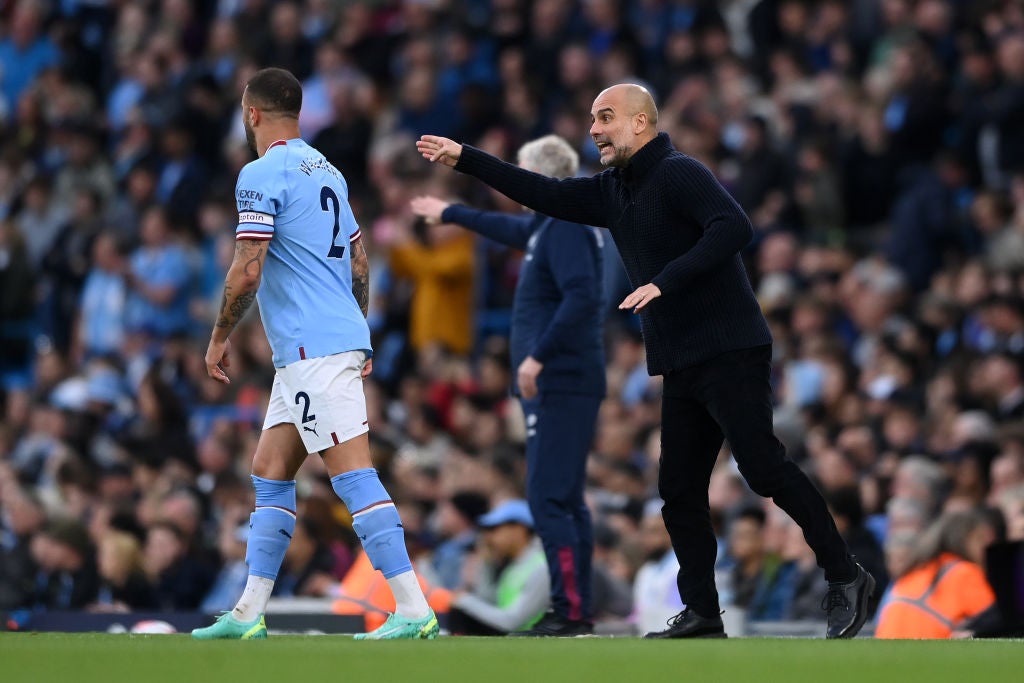
5. The centre-back as full-back
When Cancelo was exiled and Walker benched, it felt as though Guardiola was abolishing the notion of the full-back altogether. He has fielded teams featuring five players – including Rodri – who operated at centre-back for their countries in the World Cup. It helps that a manager obsessed with the Cruyffian idea of a left-footed centre-back to open up passing angles in the build-up has two, each accomplished in possession, in Nathan Ake and Aymeric Laporte.
Ake has proved particularly accomplished in a hybrid role: half centre-back, half left-back. Manuel Akanji has been the other unexpected beneficiary of Guardiola’s change in thinking this season. If the Switzerland international had been positioned on what became the right of three, he played as an out-and-out right back against Bayern Munich, charged with halting Leroy Sane, and then as a pure defensive left-back against Arsenal, subduing Bukayo Saka.
It was as though the purist in Guardiola had gone full pragmatist, looking for a player who was big, quick, defensively diligent and reliable, almost regardless of his ability on the ball.
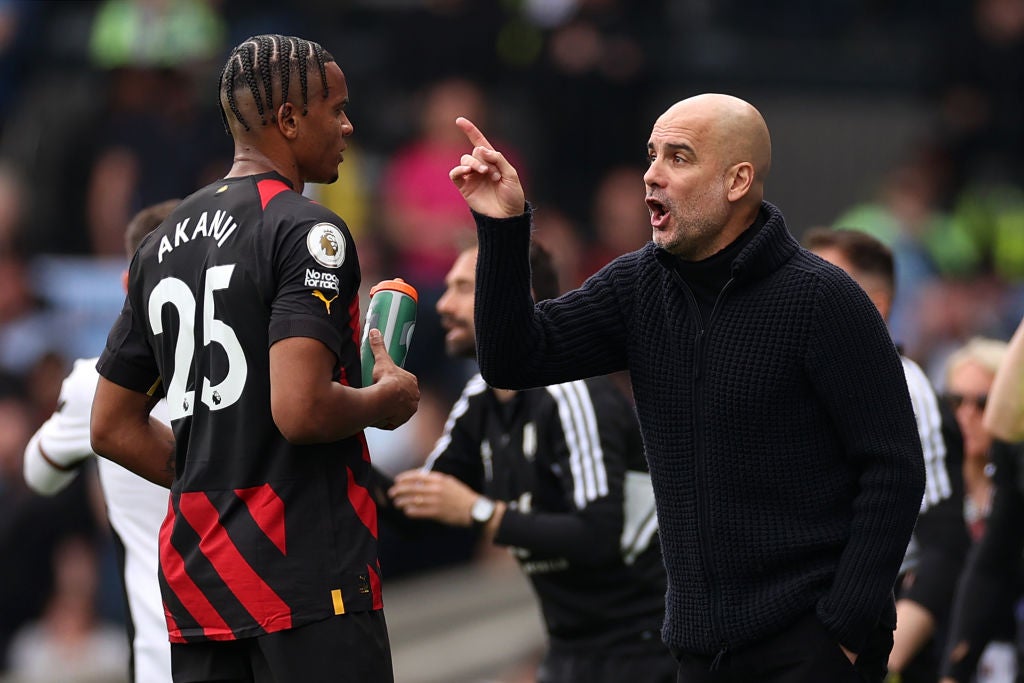
6. The centre-back as full-back and midfielder
If Cancelo felt the man who gave City an added dimension in the past, now John Stones is. If much of Guardiola’s tactics since leaving Barcelona has been a quest to find someone who is both the fourth defender and the second holding midfielder, the tweak this year was to reinvent Stones from a centre-back to a right-back who moved alongside Rodri in possession.
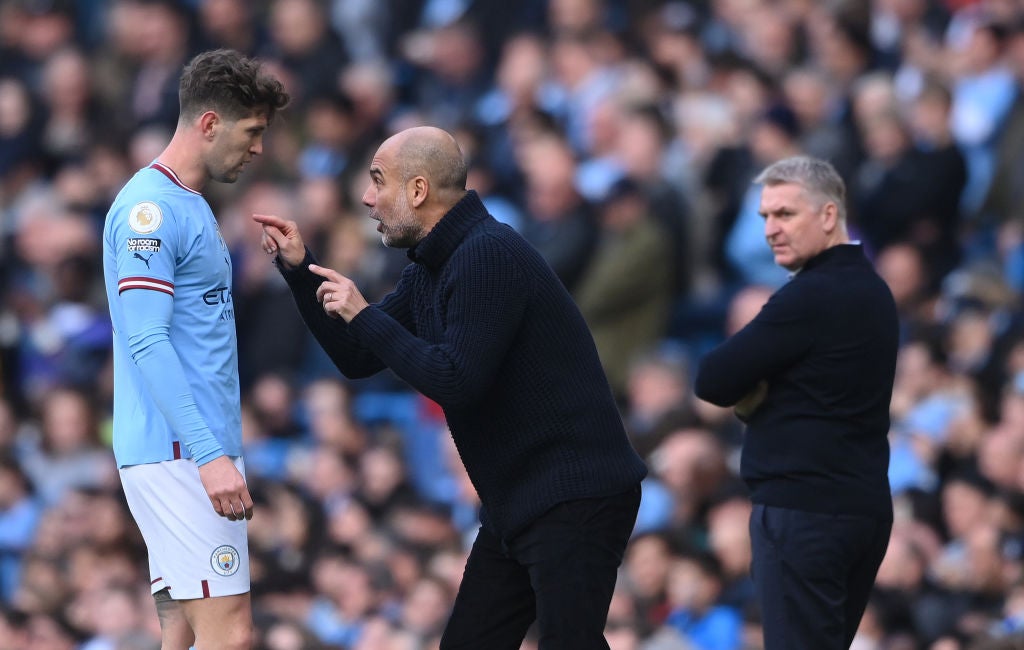
Then, against Bayern, came another twist: Stones started as a centre-back but stepped forward, leaving Ruben Dias, Ake and Akanji to form a back three behind him. Stones’ extraordinarily high pass completion rates makes him dependable in possession, while having the defensive nous. He has often been preferred to his friend Walker. But perhaps the prospect of Vinicius will prompt Guardiola to pick Stones as a conventional centre-back and Walker as an old-fashioned right-back.
Join our commenting forum
Join thought-provoking conversations, follow other Independent readers and see their replies
Comments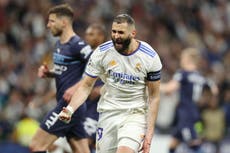

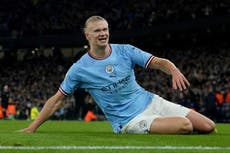
Bookmark popover
Removed from bookmarks